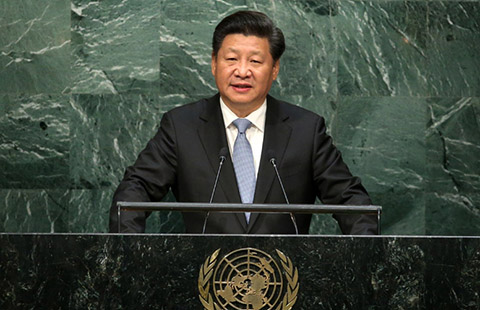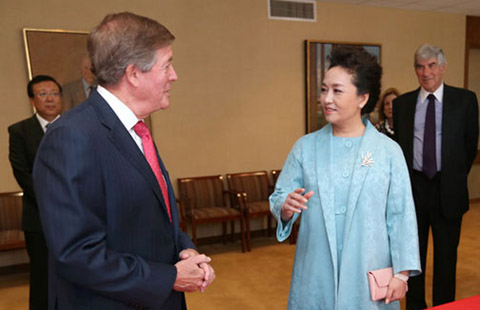
Reforming state-owned enterprises is a project of decades rather than years
It has taken years for China's state-owned enterprises to grow into the monolithic giants they are today, and efforts to change the way they are run is necessarily a highly complex, drawn-out task.
In a recent report, the research firm Minsheng Securities in Beijing says there have been four stages in this process.
The first, from 1978 to 1992, was essentially a preparatory stage, the main issue being to decentralize power and transfer profits, Minsheng says.
In this stage, a preliminary investigation was made of separating ownership and management, and pushing the enterprises to switch from being purely governmental organizations to ones that would operate as part of a socialist market economy. As a result, the efficiency of the SOEs was improved, Minsheng says, but because of the difficulty in achieving a change of mindset from one that favors a planned economy to one that favors market principles, changes were superficial, failing to establish a real modern enterprise system.
In the second stage, from 1992 to 2002, the emphasis was on strengthening the SOEs by overhauling management, ensuring they would operate in a competitive way and asserting themselves in an economy still dominated by the state but more open to market forces. During this period, state-owned competitive enterprises began to hold slightly greater sway, even as orthodox state-owned enterprises continued to predominate.

In the third stage, from 2002 to 2013, Minsheng says, the main aim was to make the SOEs stronger, to advance the idea of mixed ownership and to establish a modern enterprise system through shareholding reform. Many of the biggest SOEs entered the capital market. In this period, too, the country enunciated the idea that China should firmly develop both a public-ownership economy and a non-public ownership one, and establish an equilibrium between the two.
The modern enterprise system of SOEs was established at a rudimentary level, but the traditional way state-owned assets were managed continued to throw up the question of how to delineate between governmental and commercial functions. Some of the enterprises operated quite unlike anything in a pure market-oriented environment.
In the fourth stage, from the Third Plenum of the 18th Central Committee of the Communist Party of China in November 2013 until now, one of the main aims has been to streamline SOE operations and make the enterprises more efficient. Minsheng Securities says that it is inaccurate to call this SOE reform; rather, it is the reform of state-owned capital. In this stage, internal reform of SOEs is being tackled, with management and organization being the main targets, the aim being to make the SOEs good, competitive performers in a global market.
As SOE reform proceeds, it becomes much more complex, Minsheng says, and at the same time the market has become increasingly expectant about change. The lack of clarity on the delineation between government roles and commercial ones persists, as does a lack of efficiency and high debts, Minsheng says, and only reform can help deal with these issues.
On the other hand, it says, top-level management is much better than it used to be, and patience is in order as more moves on reform are awaited.
chenyingqun@chinadaily.com.cn
(China Daily Africa Weekly 10/01/2015 page7)








